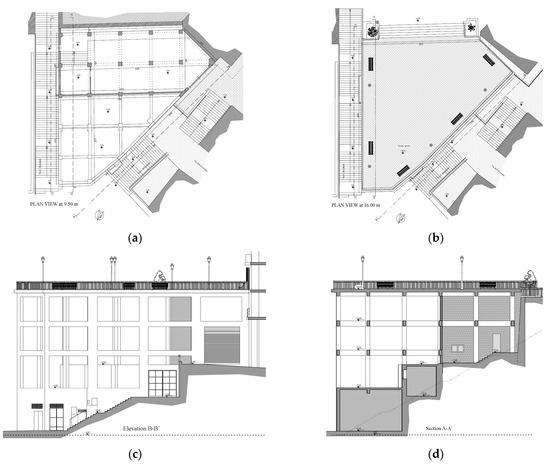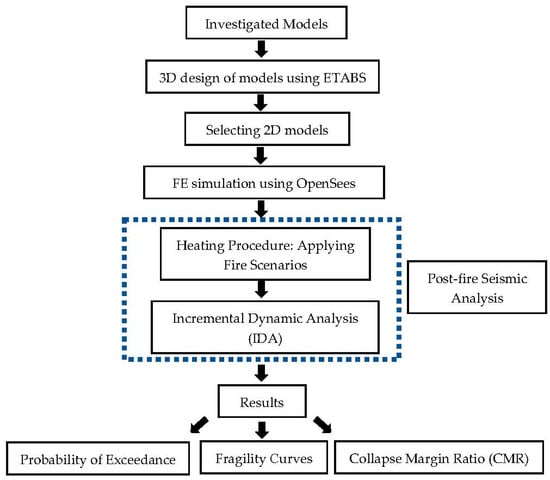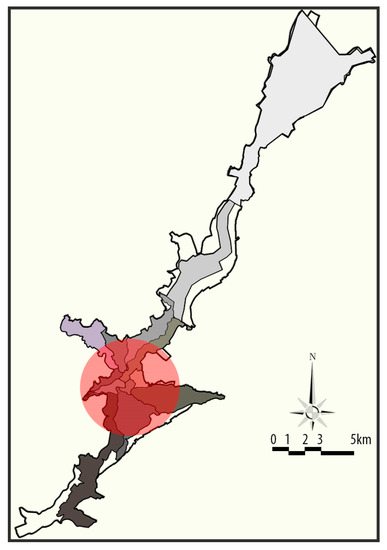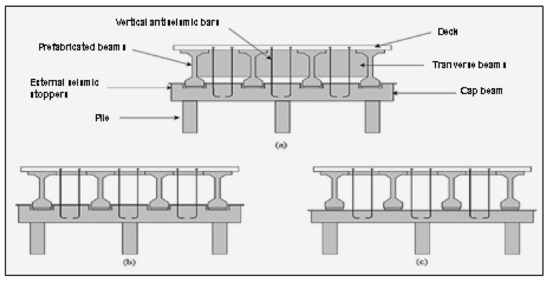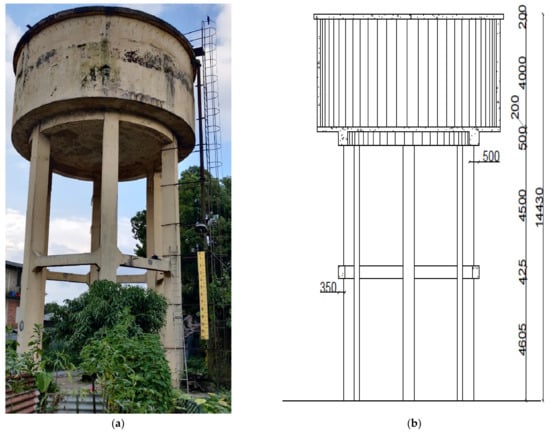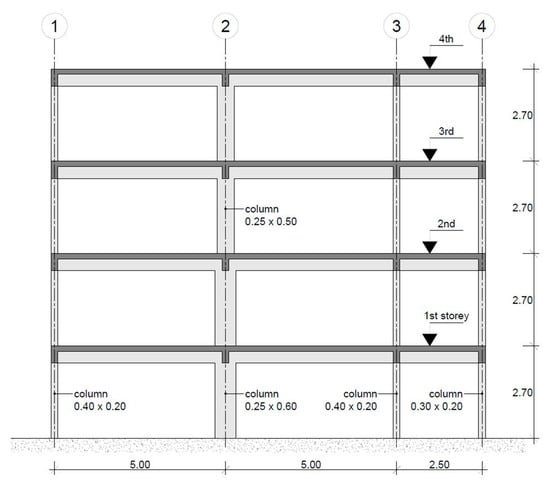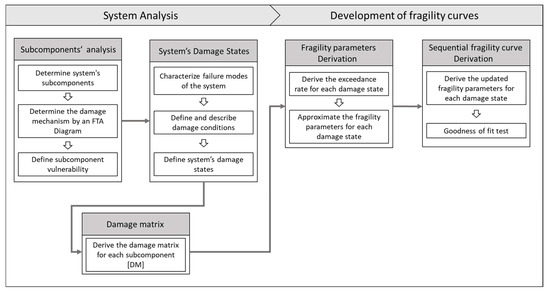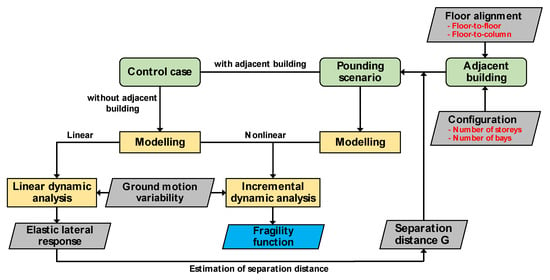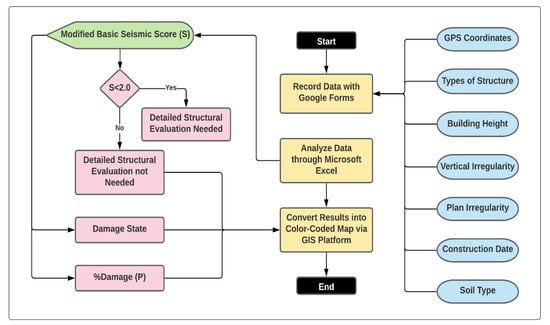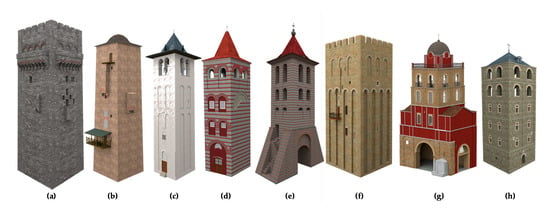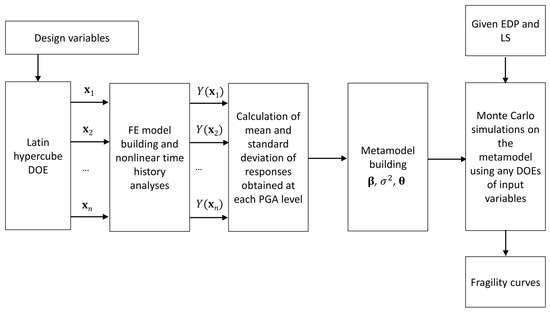Seismic Safety Assessment and Strengthening of Existing Constructions
A topical collection in Buildings (ISSN 2075-5309). This collection belongs to the section "Building Structures".
Viewed by 35116Editor
Interests: risk management; multi-hazard risk; vulnerability assessment; disaster impact assessment
Special Issues, Collections and Topics in MDPI journals
Topical Collection Information
Dear Colleagues,
Earthquake engineering experts, public authorities, and the general public agree on the idea that the seismic safety and performance of the built environment is a matter of high priority. Furthermore, the widespread interest in methods addressing the seismic safety assessment of existing constructions reflects the global perception that such constructions are often exposed to disproportionate levels of seismic risk, as well as the need for rational and cost-effective interventions on the built environment. These methods range from standard-based approaches, that in many cases are based on simplified assumptions to ease their application, to fully probabilistic performance-based procedures that can express expected earthquake impacts using metrics more relevant to stakeholders.
In light of these considerations, the objective of this Topical Collection is to present and discuss different methodologies for the seismic safety assessment of existing constructions, ranging from simplified to fully probabilistic structure-specific approaches, as well as their application to different types of constructions. Original contributions containing fundamental and applied research, case studies, or reviewing the state-of-the-art are encouraged for submission to this Topical Collection.
Dr. Xavier Romão
Collection Editor
Manuscript Submission Information
Manuscripts should be submitted online at www.mdpi.com by registering and logging in to this website. Once you are registered, click here to go to the submission form. Manuscripts can be submitted until the deadline. All submissions that pass pre-check are peer-reviewed. Accepted papers will be published continuously in the journal (as soon as accepted) and will be listed together on the collection website. Research articles, review articles as well as short communications are invited. For planned papers, a title and short abstract (about 100 words) can be sent to the Editorial Office for announcement on this website.
Submitted manuscripts should not have been published previously, nor be under consideration for publication elsewhere (except conference proceedings papers). All manuscripts are thoroughly refereed through a single-blind peer-review process. A guide for authors and other relevant information for submission of manuscripts is available on the Instructions for Authors page. Buildings is an international peer-reviewed open access monthly journal published by MDPI.
Please visit the Instructions for Authors page before submitting a manuscript. The Article Processing Charge (APC) for publication in this open access journal is 2600 CHF (Swiss Francs). Submitted papers should be well formatted and use good English. Authors may use MDPI's English editing service prior to publication or during author revisions.
Keywords
- standard-based method
- performance-based seismic assessment
- probabilistic risk assessment
- probabilistic loss assessment
- displacement-based assessment
- advanced modeling of structures
- simplified modeling of structures
- seismic performance criteria
Related Special Issues
- Reducing the Seismic Vulnerability of Existing Buildings: Assessment and Retrofit in Buildings (11 articles)
- Seismic Performance Assessment of Buildings in Buildings (8 articles)
- Seismic Performance of New-Designed and Existing RC Buildings in Buildings (6 articles)
- Computational Modeling Strategies for Seismic Assessment of Unreinforced, Reinforced, and Confined Masonry Structures in Buildings (7 articles)
- Resilience-Based Structural Seismic Design and Evaluation in Buildings (11 articles)
- Synergies between Seismic, Energy and Environmental Performance in the Assessment and Retrofitting of Buildings in Buildings (4 articles)
- Seismic Assessment and Rehabilitation of Reinforced Concrete (RC) Structures in Buildings (5 articles)
- Seismic Impact on Building Structures: Assessment, Design, and Strengthening in Buildings (14 articles)
- Assessment and Retrofitting of Existing Infrastructure in Buildings (5 articles)
- Seismic Performance Assessment and Analysis of Buildings Structures and Critical Infrastructure in Buildings (8 articles)
- Assessment, Reconstruction and Decision Procedures for the Preservation of Existing Structures after Earthquakes in Buildings (11 articles)
- Building's Vulnerability Assessment against Natural Hazards by Using Modern Computational Techniques in Buildings (11 articles)
- Advances in Seismic Performance Analysis and Assessment of Masonry Building Structure in Buildings (2 articles)
- Seismic Risk Analysis and Management of Structure Systems in Buildings (10 articles)
- Performance-Based Design of Buildings in Buildings (4 articles)
- Seismic Behaviour of Reinforced and Confined Masonry Buildings in Buildings (6 articles)
- Challenges in Seismic Analysis and Assessment of Buildings in Buildings (1 article)
- New Trends in Seismic Performance Evaluation in Buildings (5 articles)
- Recent Study on Seismic Performance of Building Structures in Buildings (5 articles)
- Seismic Risk Assessment of Buildings: Results of the Italian MARS Project and Other Applications Worldwide in Buildings (2 articles)
- Seismic Vulnerability Analysis and Mitigation of Building Systems in Buildings (6 articles)
- Buildings and Infrastructures Performance in Seismic Events: Understanding the Impact of Earthquakes in Buildings (5 articles)
- Assessment and Retrofitting of Existing Infrastructure – Second Edition in Buildings (1 article)





